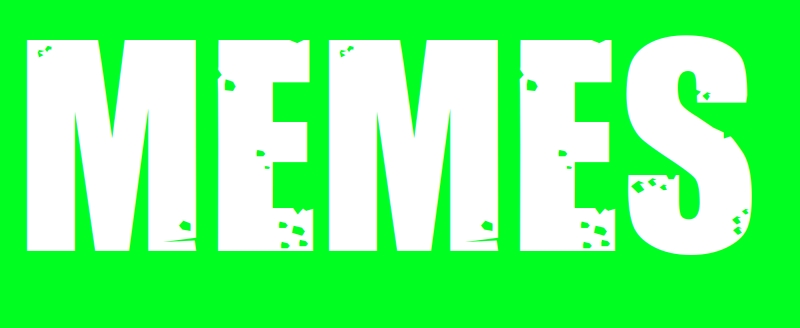

I’m the owner of a small business, so I am deeply familiar with this equation. The way we solve it is to “look for talent where no one else is looking” (actually strategy)
I applaud your efforts but I’m not seeing how this addresses the problem of bringing someone on that can’t generate revenue nearly immediately. In decades past, the “grunt work” a new person could do would cover some or all of their costs until they were trained up enough to be revenue positive. This system worked well until customers stopped paying for the grunt work some time ago (because of automation).
then train the shit out of and mentor them (informal strategy).
This isn’t without cost though. It could take the form of formal paid training, or loss of revenue generation from your own hours because you’re spending them training up someone from scratch. Where are you deciding for that to come from in the organization? What loses so the new worker wins? Is there perhaps another piece of your industry I don’t know about that invalidates my question?
My managers are expected to be better than and train the staff to do their work
Up to a certainly level I agree, but especially in technical roles there are folks that are fantastic technologists, but horrible people managers. There are good people managers, that aren’t good technologists. Those are two different skill sets. I’m not saying someone can’t have both, but that person is generally much more rare/valuable/expensive than two people each doing their role. There’s the other part that a person may be capable of both skills but doesn’t like to do one of them. Making workers do work they hate is a fast way to have them quit.
Edit: I hold myself to this same standard, which makes it easier to expect it if others.
For short bursts I can see that, but that doesn’t sound sustainable. How do you protect yourself from burnout? You’re wearing 3 full time hats:
- delivering/producing your product or service
- training staff
- running the business tactically (day to day operations) and strategically (vision, goals, investment decisions)
These are all honest questions on my part as I’d love to find out someone has these answers I don’t.








I am.
Ignoring? I wrote off Amnesty International when they made their position and criteria clear to me in the first article. I spent no time going back to see more of the same, but for you here, I’m looking agian:
I see many similar criticisms of Ukraine, so this doesn’t help your argument with me with this one.
This links back to the same content from the first link. So this appears to be a duplicate.
This is criticism of Russia, which does nothing to change their position on Ukraine from the first article.
This is more criticism of Russia, which does nothing to change their position on Ukraine from the first article.
https://www.amnesty.eu/news/ukraine-justice-and-victims-rights-must-be-at-the-forefront-to-end-war/
And finally this is yet more criticism of Russia, which does nothing to change their position on Ukraine from the first article.
If anything the links you posted feel like backpedaling for Amnesty for their original 2022 position which caught them so much backlash and donors fleeing.